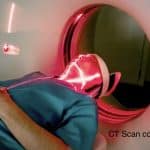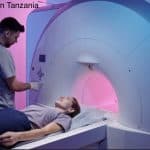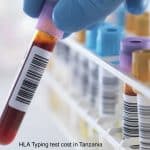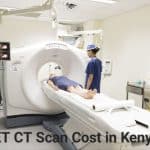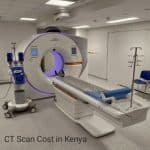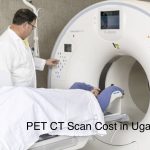What is a PET CT Scan?
A PET-CT scan, or Positron Emission Tomography-Computed Tomography scan, is a medical imaging technique that combines two types of scans to provide comprehensive information about the structure and function of organs and tissues within the body.
- PET Scan (Positron Emission Tomography): This part of the scan involves the injection of a small amount of radioactive material (tracer) into the body. This tracer is absorbed by active cells, such as those found in tumors. The PET scan detects the positrons emitted by the tracer, creating images that highlight areas of increased metabolic activity.
- CT Scan (Computed Tomography): The CT scan provides detailed structural images of the body by using X-rays. It captures cross-sectional images of the body, offering anatomical information that complements the functional data obtained from the PET scan.
By combining PET and CT scans, doctors can correlate metabolic activity with precise anatomical locations. PET-CT scans are commonly used in oncology to detect and evaluate cancers, assess treatment response, and plan further interventions. They are also utilized in cardiology, neurology, and other medical specialties to diagnose and monitor various conditions.


